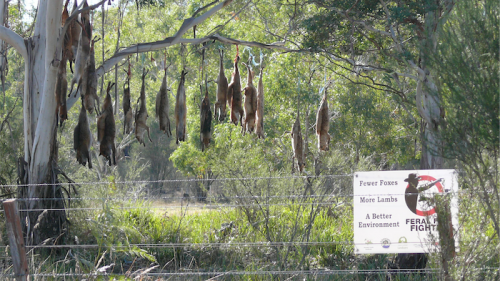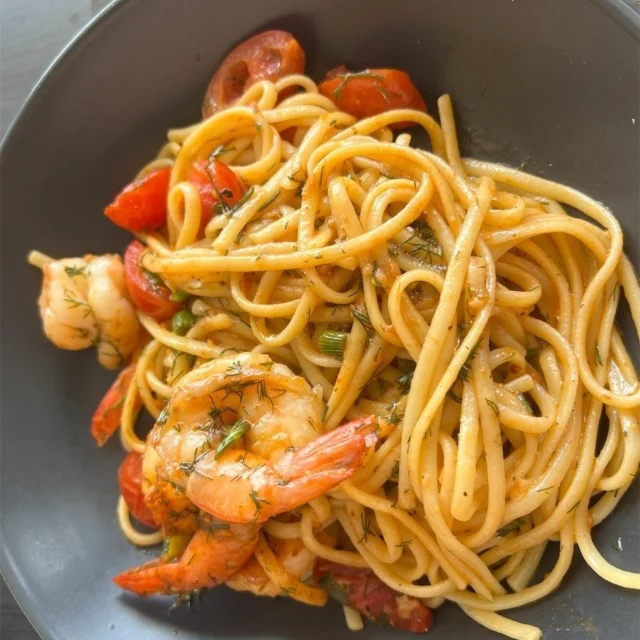
“Let no animal suffer for your gain, as it feels, like you, the pain.” – German saying
ON the Kings Highway, near Warri Bridge, over the Shoalhaven River on the Braidwood side there’s a “hanging tree” showing the bodies of foxes killed on the property.

In many rural areas animals are strung up in trees, off fences and gates to deter new arrivals to the region, to let neighbours know that the landowner has killed a particularly persistent predator and to advertise how many of these animals have been killed on the property.
Hanging trees are a practice that has been recorded back as far as medieval times. Criminals were strung up, often with a dog on either side, as a warning and as a deterrent for the general population.
According to records, hanging trees were still used in Australia in 1816 at the time of the Appin Massacre. After indigenous Australians were killed by white settlers or the military, they were hung from trees as a warning to the rest of the Aboriginal community to stay away from the area. Sounds familiar? History, sadly, repeats itself again and again.
These days, the hanging tree is the final act of humiliation in a new form of discrimination towards animals.
It’s very subtle, but becoming more widespread and is causing great suffering to animals in Australia and around the globe because it allows severe animal rights and welfare abuses.
Animals are categorised as to their roles and function in our society. We have, for example, pets, domestic animals, wildlife, livestock, bloodstock, pest animals, production animals, nuisance animals, feral animals and invasive species.
Pets such as dogs and cats can be expected to be looked after and treated similarly well as a human. But it’s a different story around the psychological and physical treatment for those categorised as a “production” animal. Production animals such as sheep, cattle, pigs and chickens are expected to endure a certain amount of suffering, which is often an awful lot more than what we would accept to have happen to our pets. Their treatment would be classified as cruelty and possibly pursued in court if they were pets.
This system of discrimination between the various roles and functions these animals perform is supported and endorsed by animal welfare organisations.
Things get worse for those creatures classified as a pest or invasive species. It’s a long list, including animals such as dogs, cats, pigs, cattle, buffaloes, horses, donkeys, foxes, rabbits, carp, goldfish, etcetera. Interestingly, many of the pet, domestic and production animals may actually also belong to the invasive and pest species.
Categorised as a pest, feral or invasive species brings a nasty surprise, especially for dogs, cats, foxes or pigs. Locally, pigs are frequently hunted with large, strong dogs, that are trained to hang on to the pig until the animal is killed by the hunter.
Pigs are seriously dangerous animals when they are threatened and pig hunting with dogs today is about as sophisticated as it was in medieval times. The term barbaric barely does it justice.
Wild dogs and foxes fare no better. These “pests” are poisoned with 1080 baits, which cause a slow, up to six hours, death. There are only a handful of countries in the world that use the bait and Australia and NZ are two of them.
So, do habits of blaming someone else for animal-welfare abuses while engaging in the very thing, justify different means?
At regular intervals social media explodes into outrage if some country kills animals on a large scale for some festival or fur production.
Meanwhile, animal welfare abuses are happening right around us possibly even on the same scale, but it is not as publicly done, unless one happens to find a hanging tree somewhere.
And, of course, discrimination has worked its magic, the animals that are suffering at our hands have been labelled “production” or “pest, feral or invasive species” and their abuse and suffering is therefore sanctioned.
Heike Hahner is a dog and pet training and psychology consultant (flashmobdogs@gmail.com) who regularly appears on 2CC’s “Pet Tales” program, 9am on Sundays.
Who can be trusted?
In a world of spin and confusion, there’s never been a more important time to support independent journalism in Canberra.
If you trust our work online and want to enforce the power of independent voices, I invite you to make a small contribution.
Every dollar of support is invested back into our journalism to help keep citynews.com.au strong and free.
Thank you,
Ian Meikle, editor








Leave a Reply